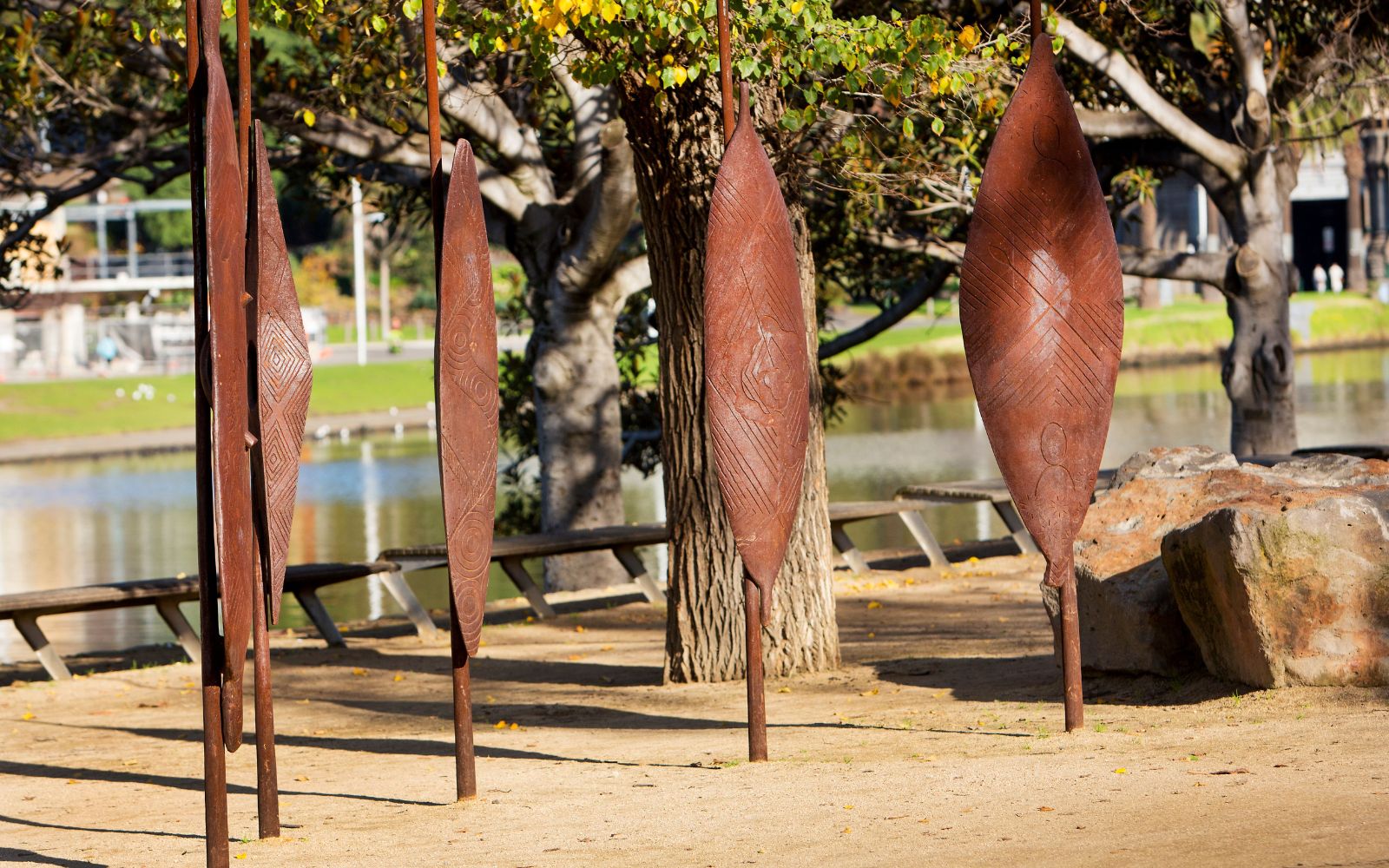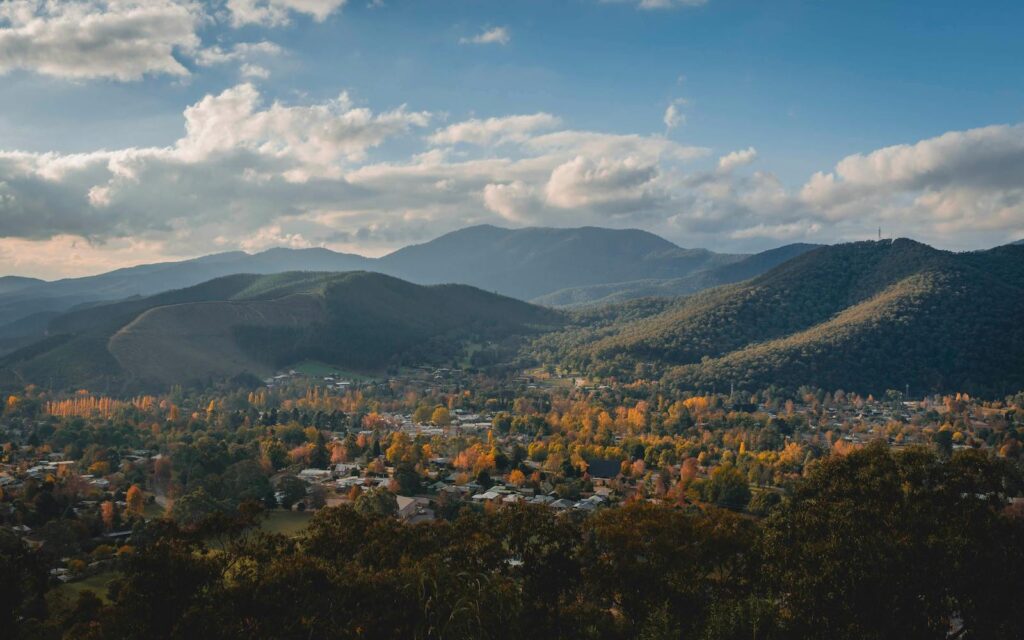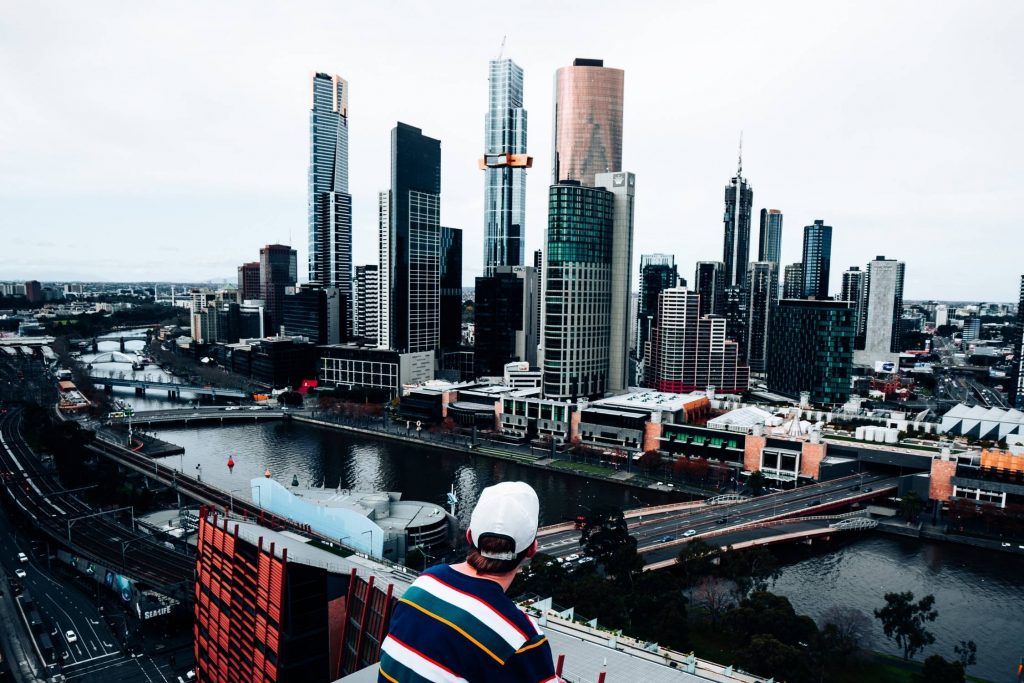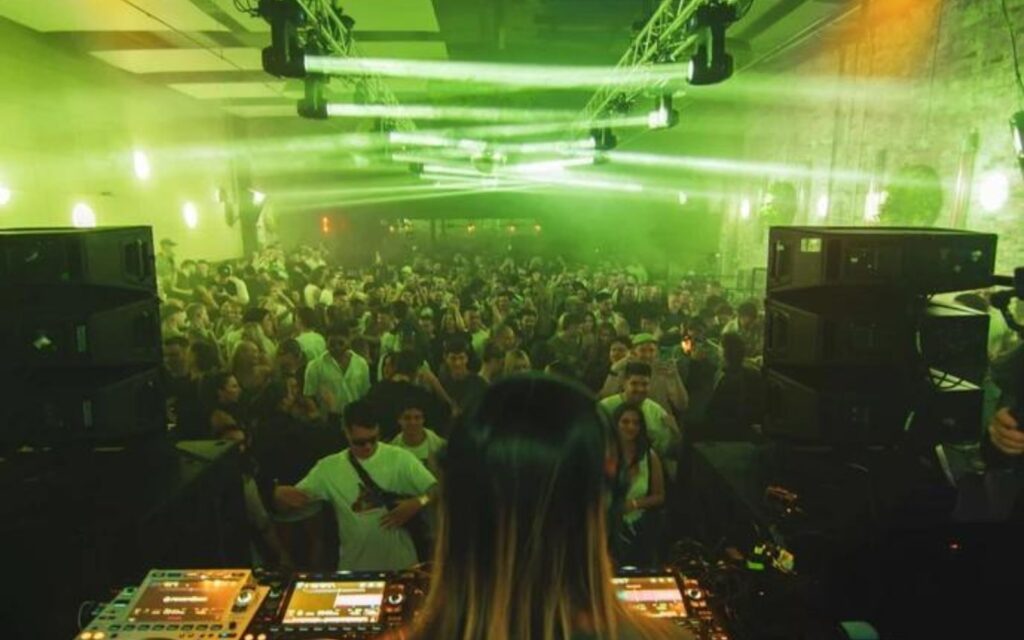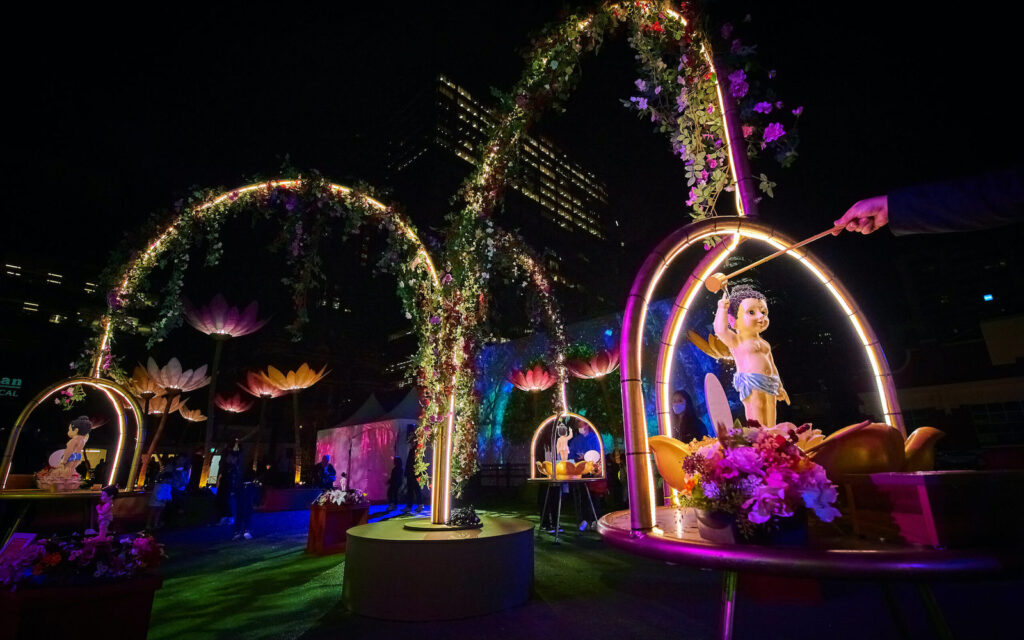The City of Melbourne has partnered with Traditional Owners to develop a new online tool, making it easier for Melburnians and visitors to explore the city’s rich First Nations culture and histories.
The Mapping Aboriginal Melbourne’tool features around 70 places of interest across the city – exploring the Eastern Kulin and broader Aboriginal connection to Country, culture and significant events and experiences since colonisation.
The first of its kind for the City of Melbourne, the interactive digital map improves how people access local First Nations histories, which can be explored geographically, chronologically or by theme.
Stay up to date with what’s happening in and around Melbourne here.
Significant places of interest on the map include:
Where Queens Bridge stands today was once The Falls, a natural basalt ridge that crossed the river and separated salt water from fresh water. Rich in resources, it was a crossing point and place of great importance to the Eastern Kulin who met nearby. The falls were destroyed by European colonists in the mid-1880s, but remnants of The Falls can still be seen today on either side of the river.
A gathering place and living area for the Wurundjeri Woi-wurrung, the scarred trees around the MCG are part of Wurundjeri’s tangible, continuing connection to the area, as is football itself. Wurundjeri Woi-wurrung youth were seen by early colonists playing football (marngrook) here, with parts of Australian Rules football believed to originate from marngrook.
Bunurong Boon Wurrung people once stayed where Government House is now. Ideally situated on highland overlooking the Birrarung (Yarra River) and former wetlands, and near important cultural places.
From the 1930s, the Australian Aborigines’ League ran meetings here with renowned Aboriginal activists such as Gary Foley, Bruce McGuiness and Alf Bamblett. These meetings were part of a wider tradition of peoples’ forums on the river’s edge dating back to 1889, often compared to those in London’s Hyde Park and Sydney’s Domain.
“We’re sharing the stories and rich history of Traditional Owners so that those who live in, work in and visit our great city can appreciate Melbourne’s unique Aboriginal heritage and culture,” Lord Mayor Sally Capp said.
“As people walk the streets of Melbourne, we want them to have the opportunity to appreciate that this is a place with 60,000 years of human history.”
“From South Yarra to Kensington, Melbourne is brimming with significant spaces for Traditional Owners. While we know there is a lot of interest in these locations, most people don’t know where to look or how to find them. This tool will help people unearth these stories and share them with others.”
“This only scratches the surface – we look forward to evolving this piece of work with the Wurundjeri Woi-Wurrung and Bunurong Boon Wurrung people as we deliver our Reconciliation Action Plan.”
To explore the map, visit City of Melbourne.
